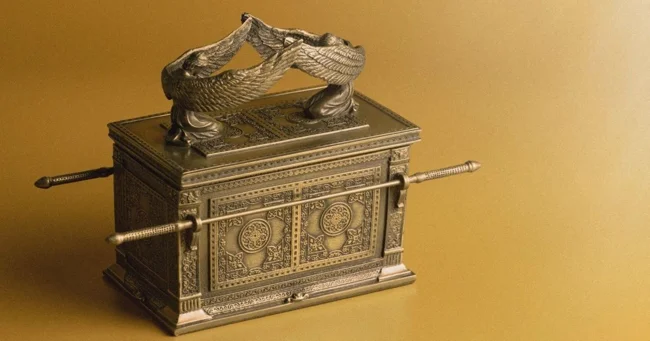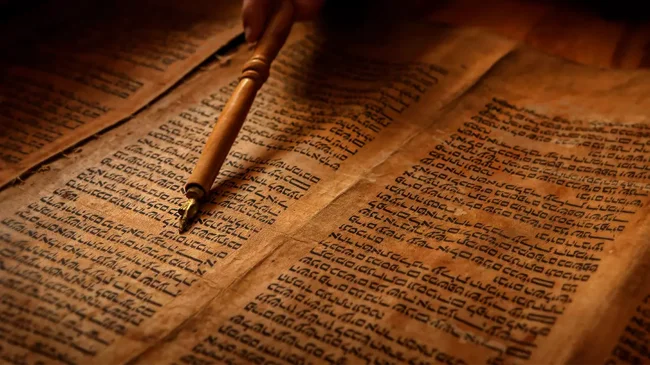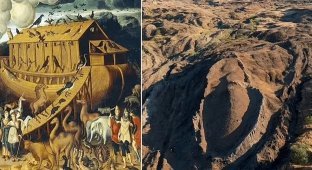Secret "fingerprints" change the idea of the Ark of the Covenant (3 photos)
Scientists using artificial intelligence have discovered hidden patterns in the Bible. They have shown that the Old Testament texts were written by several people. 
According to traditional Jewish and Christian belief, Moses wrote the first five books of the Old Testament. They tell of the creation of the world, Noah's flood, and the Ark of the Covenant. However, new research using AI has shown that these stories have different styles and "fingerprints", indicating multiple authors.
Using artificial intelligence, researchers studied 50 chapters from five books. They found inconsistencies in language and content, repeated themes, changes in tone, and contradictions.
The theory of multiple authors of Scripture emerged more than 200 years ago, but was dismissed due to religious controversies, lack of technology, and the complexities of the biblical text.
Thomas Römer, a biblical scholar at the Collège de France, told The Times of Israel that there are no authors of the Bible in the modern sense.
“The first scrolls were rewritten many times. Editors added new parts, changed old parts, and sometimes omitted entire sections.” 
The Bible presents Moses as a key historical figure, but most modern experts believe he is more of a legendary figure or a composite character.
The Old Testament was written over a period of one thousand years, from about 1400 BCE to 400 BCE. Some books attribute individual passages to Moses. For example, Exodus 24:4 says, "And Moses wrote all the words of the Lord." A similar passage is found in Deuteronomy 31:9, which says, "And Moses wrote this law, and delivered it to the priests..."
The AI studied word usage patterns, word frequency, and the structure of phrases and sentences. These linguistic “fingerprints” can point to different authors. The team also refined the method for analyzing nine disputed biblical texts. These include such well-known stories as the creation narrative, Noah’s flood, and the story of the Ark of the Covenant.
According to the Bible, the Ark of the Covenant was made by the Israelites shortly after their escape from Egypt, around the 13th century BCE. Moses then placed the Ten Commandments inside it.
The new technique, according to scientists, can change the approach to studying ancient texts. It will help to uncover the secrets of the authorship of not only the Bible, but also other works, such as the Dead Sea Scrolls, as well as historical documents. 
The three writing styles were first discovered when biblical scholars noticed differences in vocabulary, themes, and writing styles in certain sections of the Old Testament.
The first style, known as Deuteronomistic (D), focuses on laws, obedience, and clear instructions. The second, Deuteronomistic History (DtrH), tells the story of Israel, emphasizing moral lessons based on faithfulness, and Priestly (P) focuses on ritual, priesthood, and holy places, using formal and detailed language.
Thomas Römer noted: "The Deuteronomistic style refers to the last book of the Torah/Pentateuch. The first version of this scroll is believed to have appeared in the 7th century BCE. It included laws according to which God chose Jerusalem as the only place for sacrificial worship. The Priestly Scriptures include several texts from Genesis, Exodus and Leviticus, and were first written around 520 BCE in the context of the reconstruction of the Second Temple. The authors wanted to show the importance of rituals and different types of sacrifices."






























